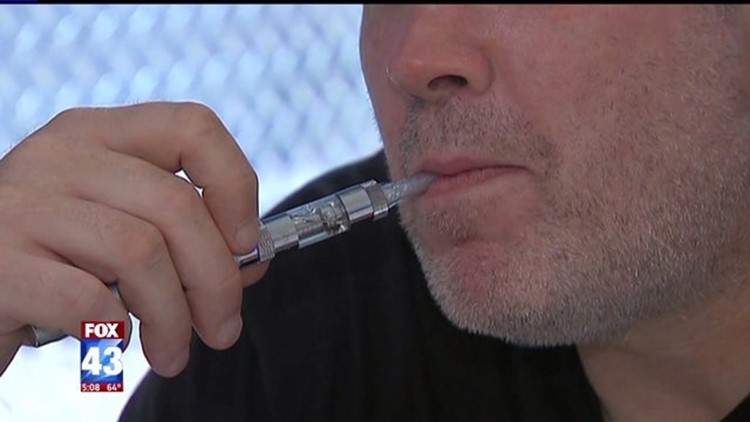There is good news and bad news in the latest report by the Centers for Disease Control and Prevention on tobacco use in middle and high school students: Although adolescents have been smoking fewer cigarettes and cigars in recent years, their use of e-cigarettes and hookahs is on the rise.
The report used data from the National Youth Tobacco Survey that were collected from about 20,000 middle and high school students across the country every year from 2011 to 2015. The 2011 survey was the first year since the survey began that asked about e-cigarettes, which entered the market in the United States in 2007.
The number of high school students who said they used an e-cigarette at least once in the last month increased from 1.5% in 2011 to 16% in 2015, and the number of middle school students rose from 0.6% in 2011 to 5.3% in 2015. The use of hookahs also climbed from 4.1% to 7.2% among high school students and 1% to 2% among middle school students between 2011 and 2015.
During this period, the use of all other tobacco products, including cigarettes, cigars and pipes, decreased. The number of high school and middle school students who reported smoking a cigarette in the last month dropped from 15.8% to 9.3% and from 4.3% to 2.3%, respectively.
However, the rise in e-cigarette and hookah use was enough to make up for these decreases, and the total number of adolescents using a tobacco or nicotine product was unchanged between 2011 and 2015. In 2015, 25.3% of high school and 7.4% middle school students said they used tobacco at least once in the last 30 days.
“Unfortunately, it was not much a surprise and it was consistent with the evidence we have seen in previous years,” said Brian A. King, deputy director of research translation in the CDC Office on Smoking and Health, who led the current research, which was published Thursday in the Morbidity and Mortality Weekly Report. An earlier CDC report found that the rates of e-cigarette use among middle and high school students tripled from 2013 to 2014.
A number of factors could be contributing to the rise in popularity of e-cigarettes. All but four states and the District of Columbia have placed age restrictions on buying e-cigarettes, but many youth are probably getting these products from older peers and family members, just like with conventional cigarettes, King said. On top of that, he added, there are no restrictions on buying e-cigarettes on the internet.
“The fact that we have a flavored product that is easier to access and possibly cheaper has created a perfect storm to lead to increased use,” King said.
Another factor contributing to the increase in e-cigarette use is that, “e-cigarettes have been heavily advertised using nontraditional media such as television,” King said. E-cigarette companies have employed celebrities and trendy accessories to market their products.
The number of youth using e-cigarettes will probably continue to grow unless tighter restrictions are put in place around their purchasing, taxation, flavoring and advertising, said Dr. M. Brad Drummond, associate professor of pulmonary and critical care medicine at Johns Hopkins University School of Medicine, who was not involved in the current research.
Another important way to stem the rise in e-cigarettes is to communicate to young people their potential harms. “The perception is that these are safer devices than combustible cigarettes but safer does not imply harmless,” Drummond said.
Some of the increase in e-cigarette use could be because young adults who never would have starting smoking conventional cigarettes, either because of health concerns or aversion to the smell or taste, are trying e-cigarettes, Drummond said. “They are now entering into a world of nicotine addiction,” he added.
Recent data suggest that using e-cigarettes, or vaping, could be a gateway to tobacco use. There have also been numerous studies suggesting the nicotine in e-cigarettes, just like tobacco products, could be harmful to brain development in young people.
Unlike e-cigarettes, hookahs are not new to the scene and have been around for hundreds of years, King said. “But it’s only become increasingly popular in the U.S. in the last decade,” possibly because of the different flavors that are now available and the fact that hookah bars are exempt from the Clean Indoor Air Act in some areas, so people can smoke in social settings, he added.
It is important to include both e-cigarettes and hookahs in smoke-free laws so they are prohibited from indoor areas, King said. These laws would also have the effect of denormalizing their use, making it seem less acceptable and desirable, he said.



